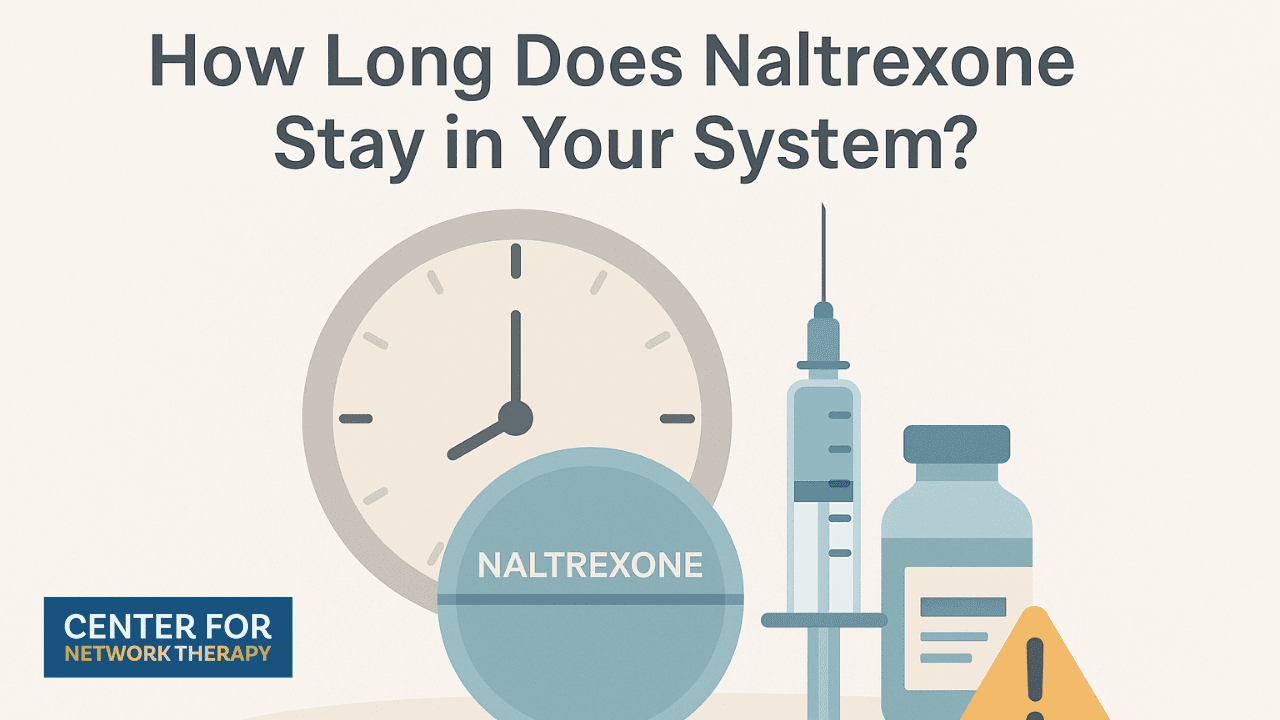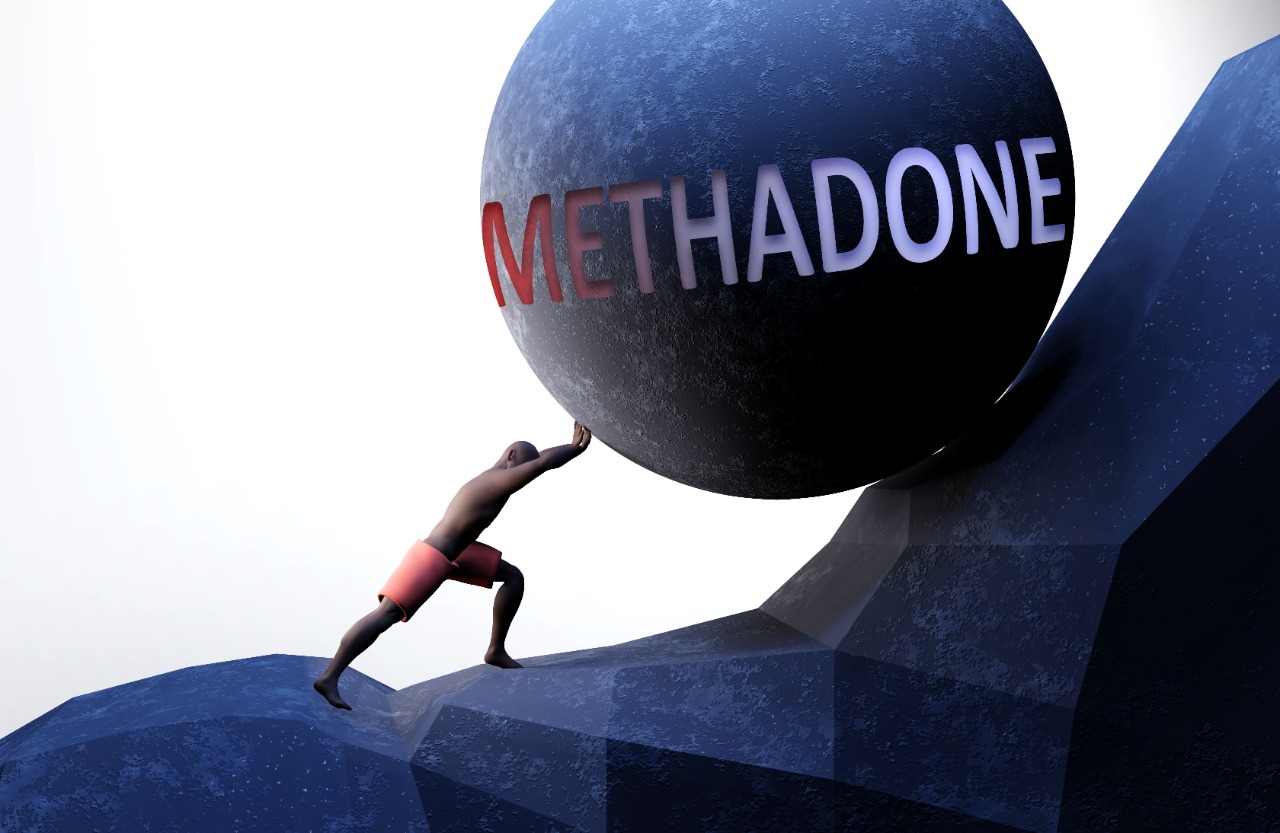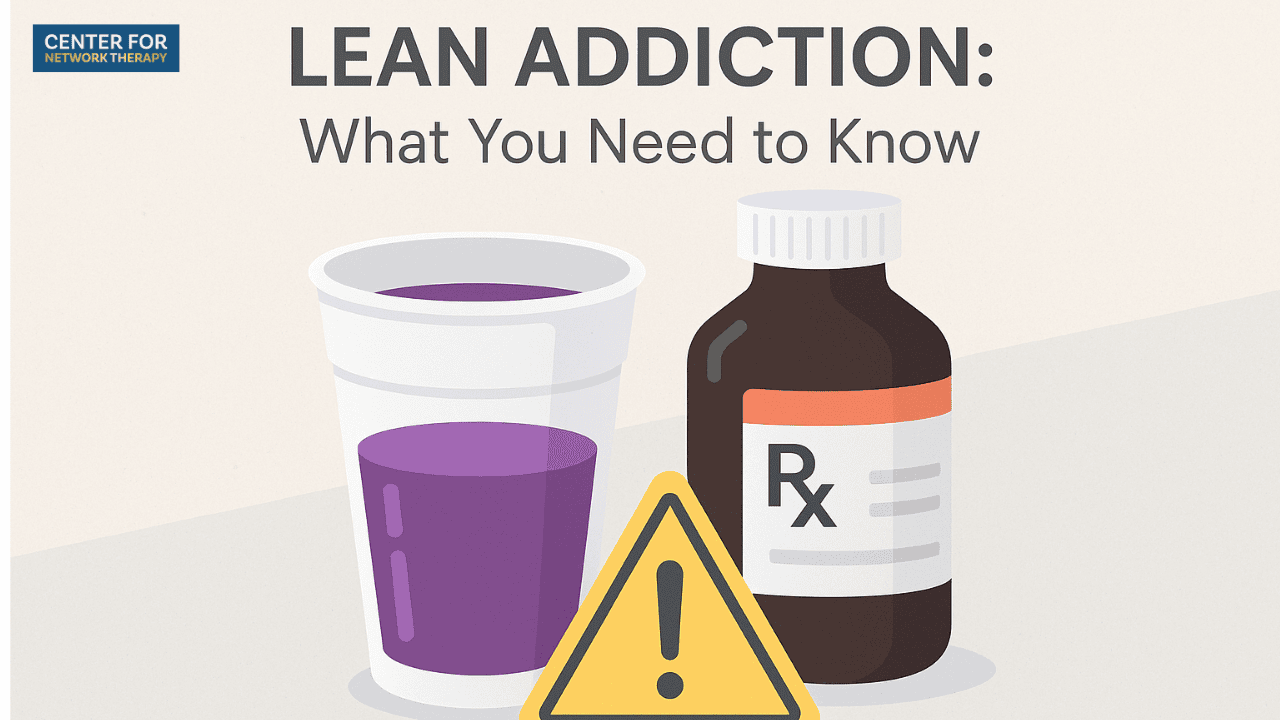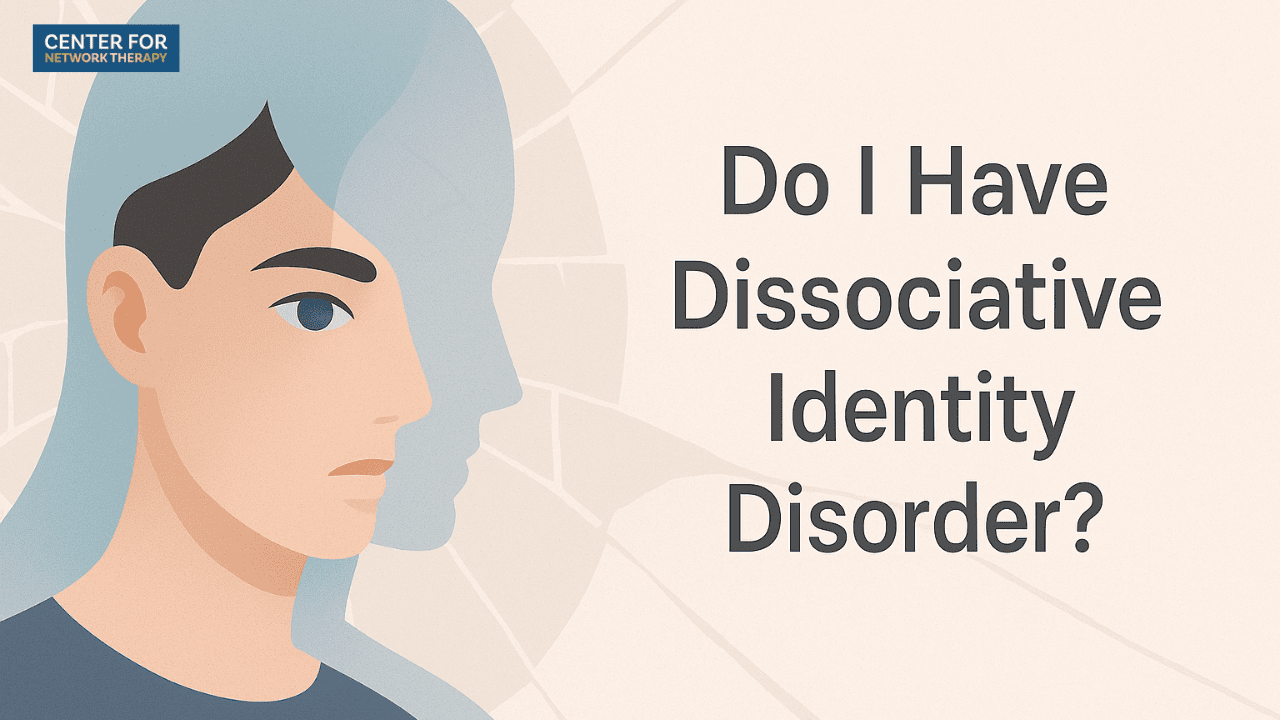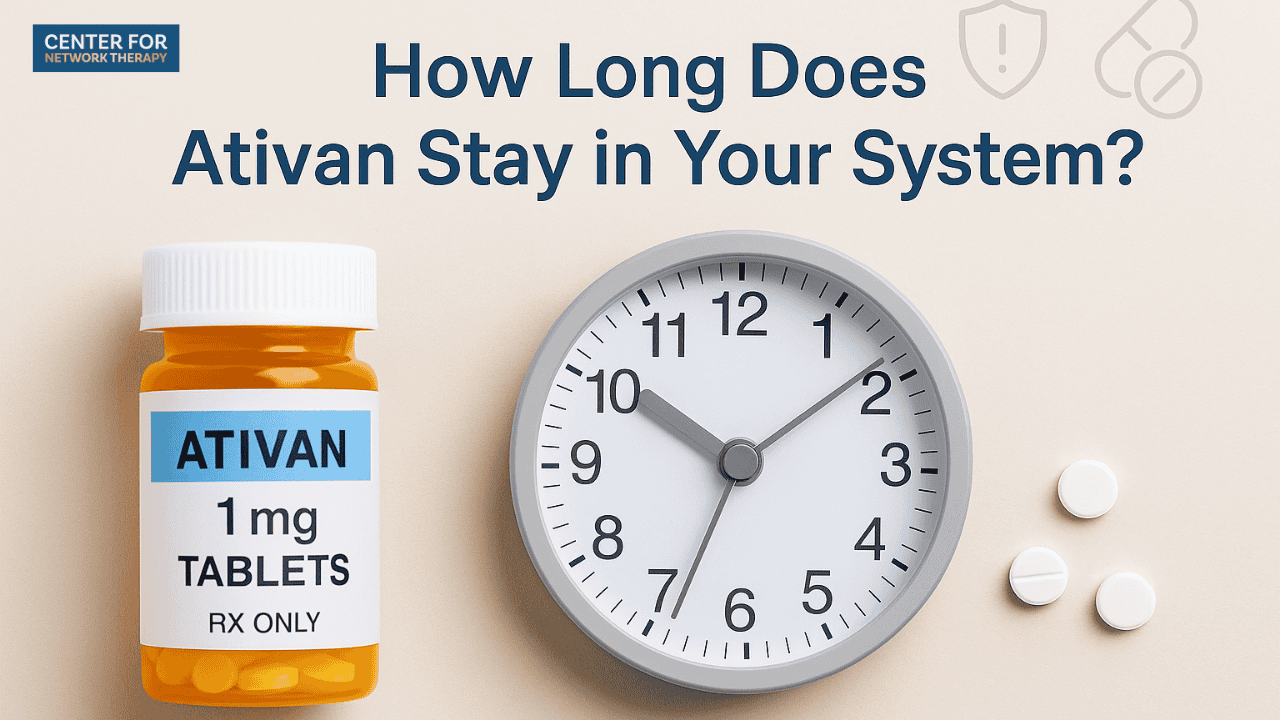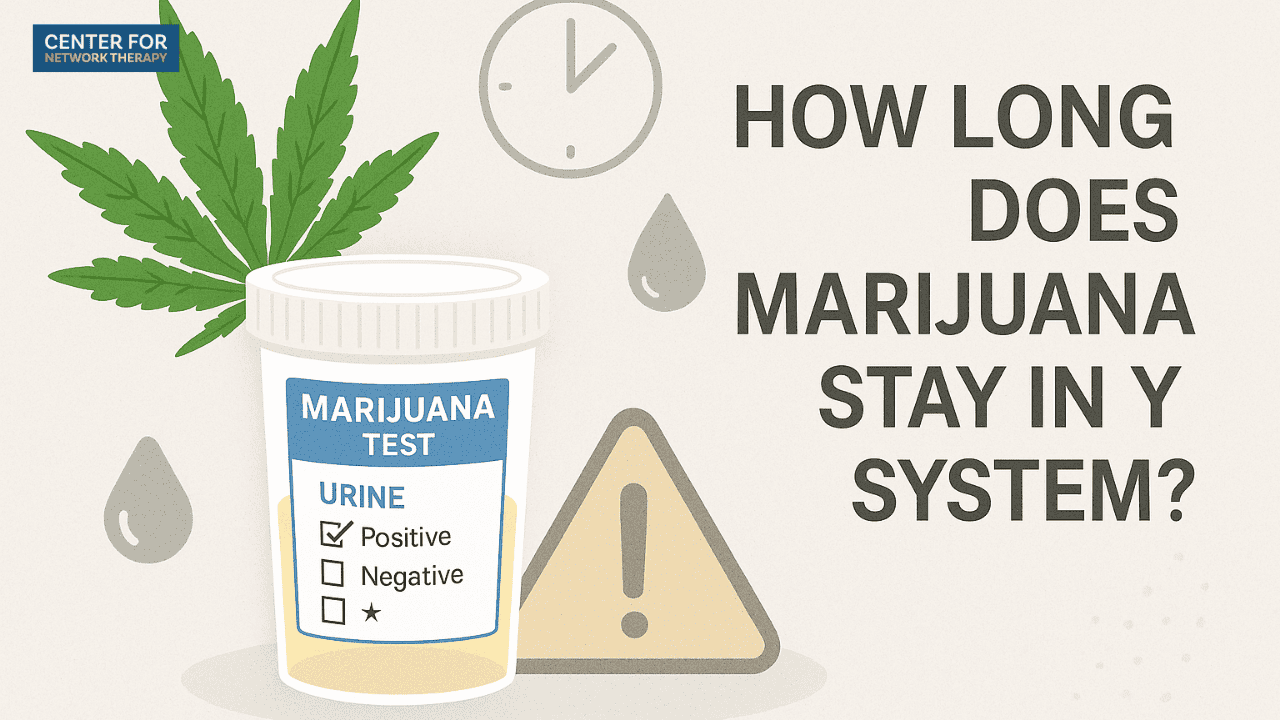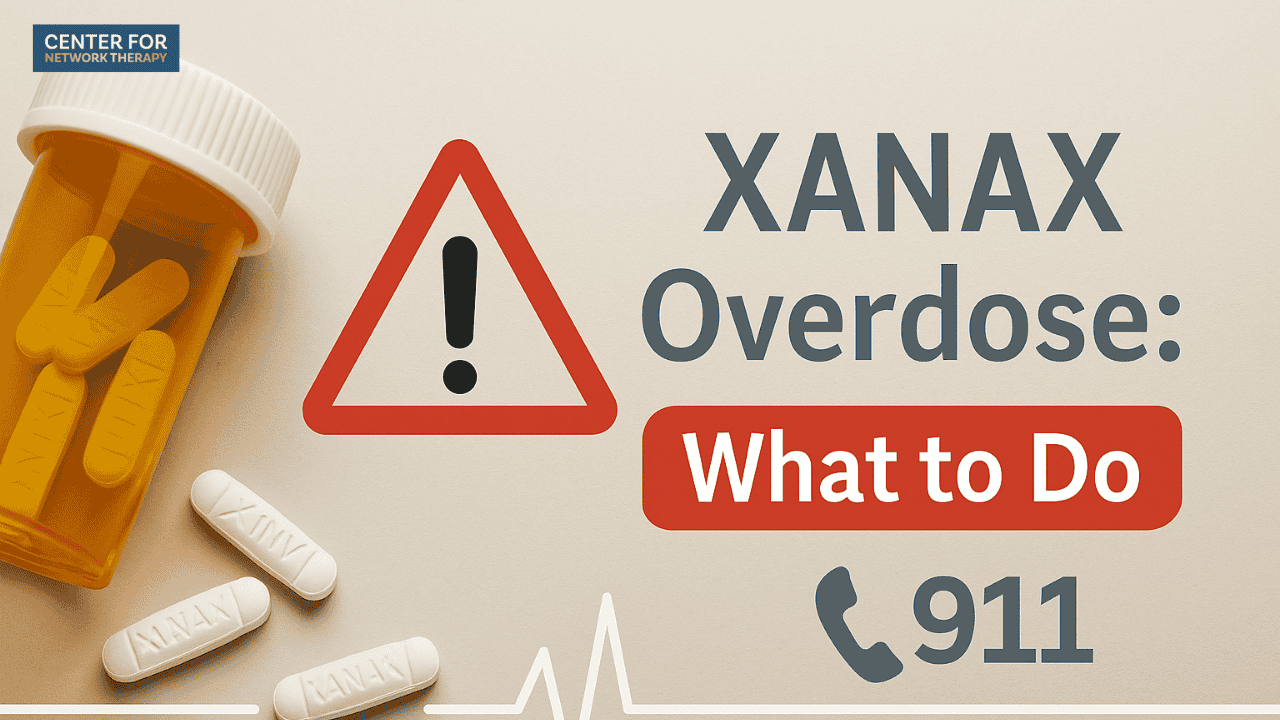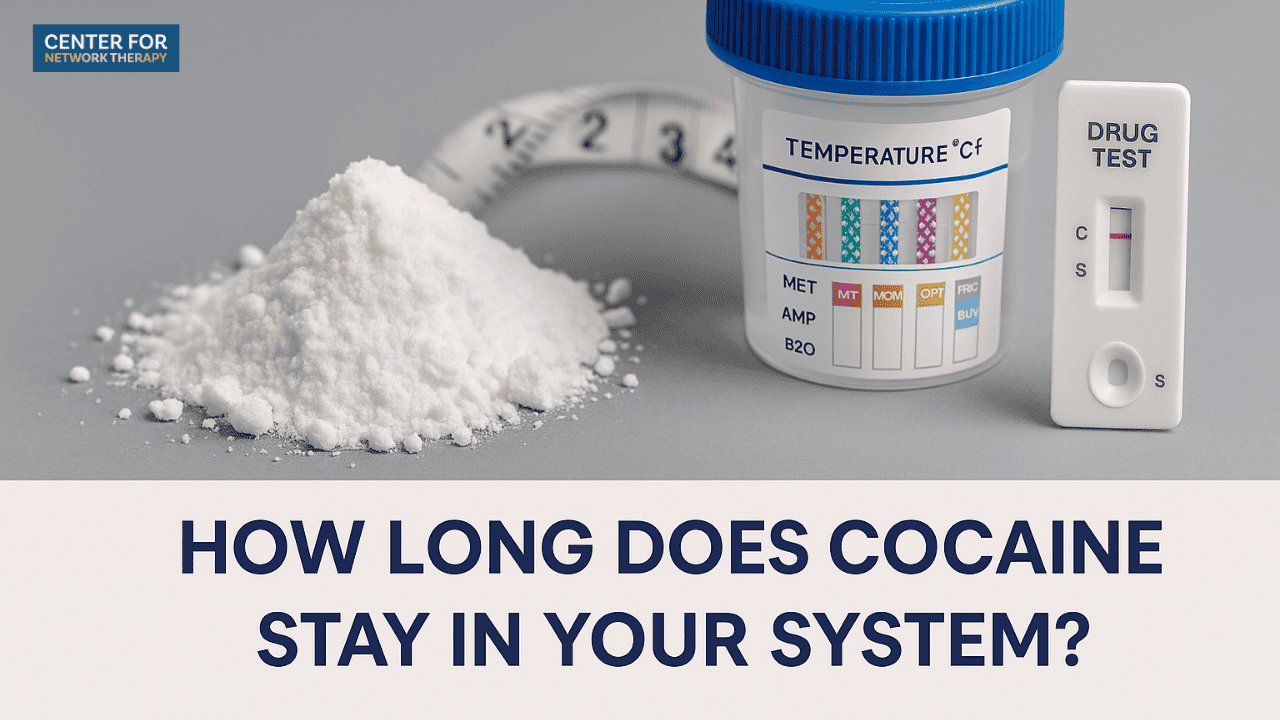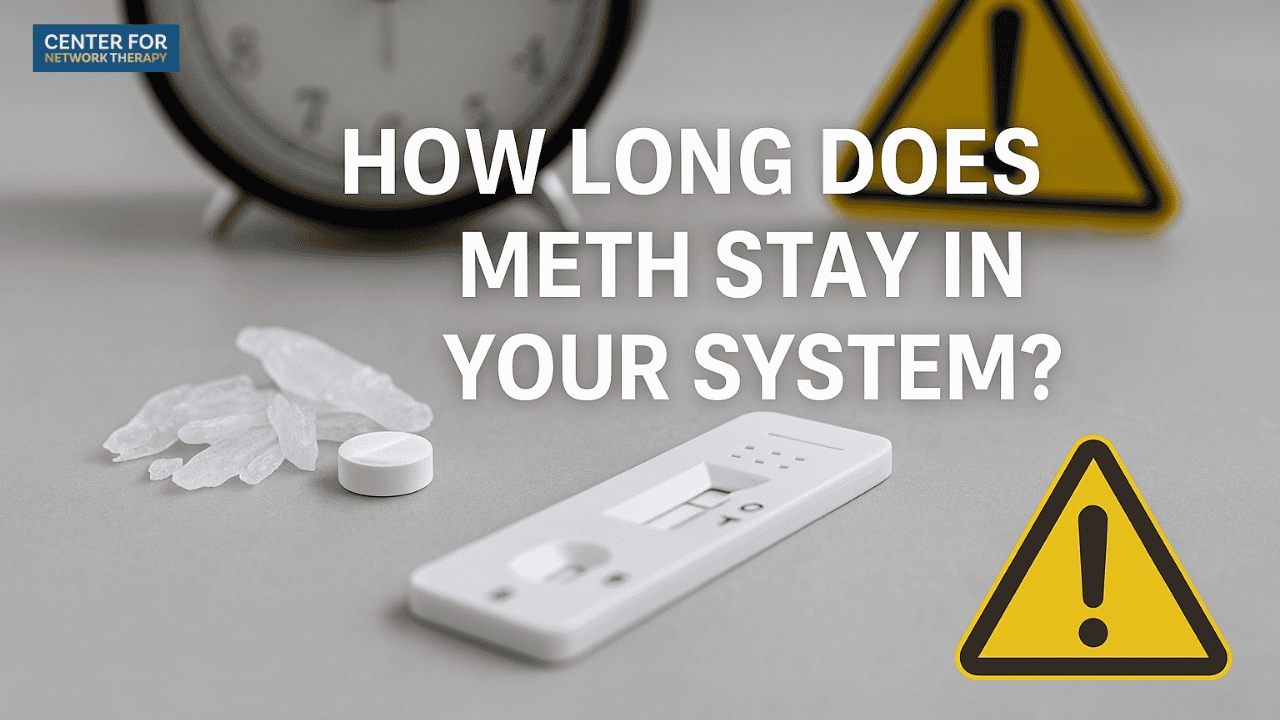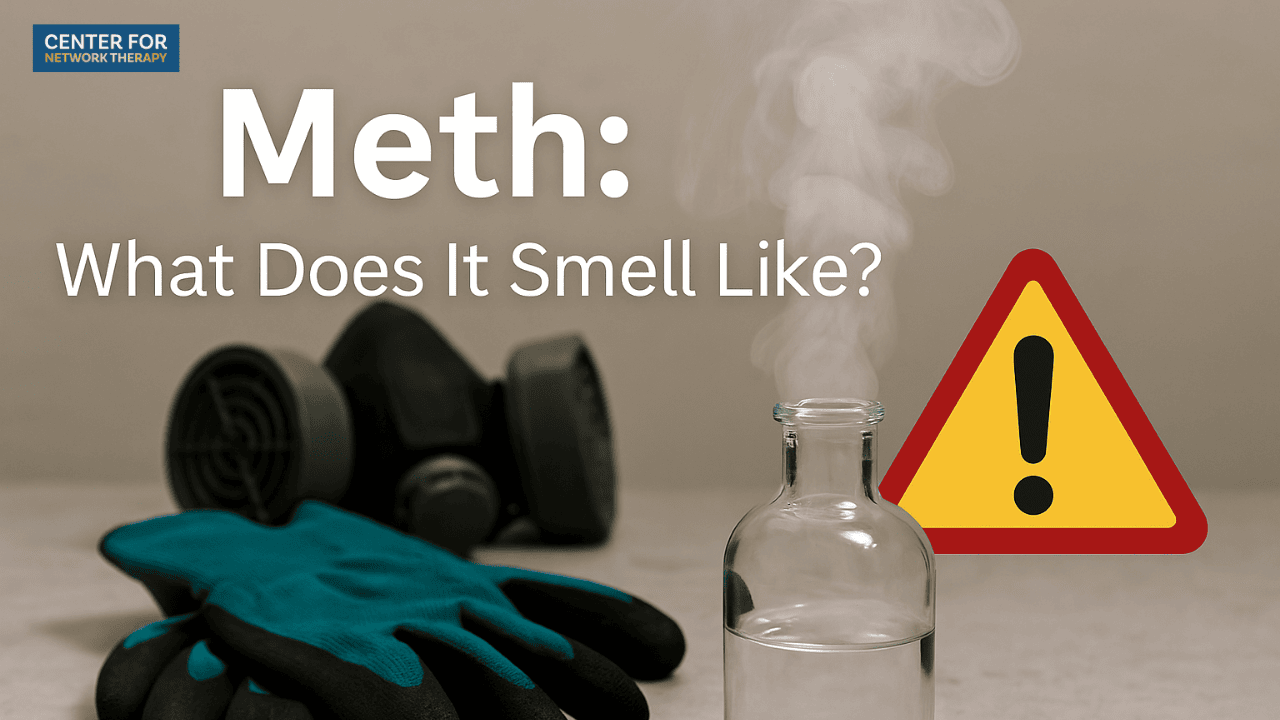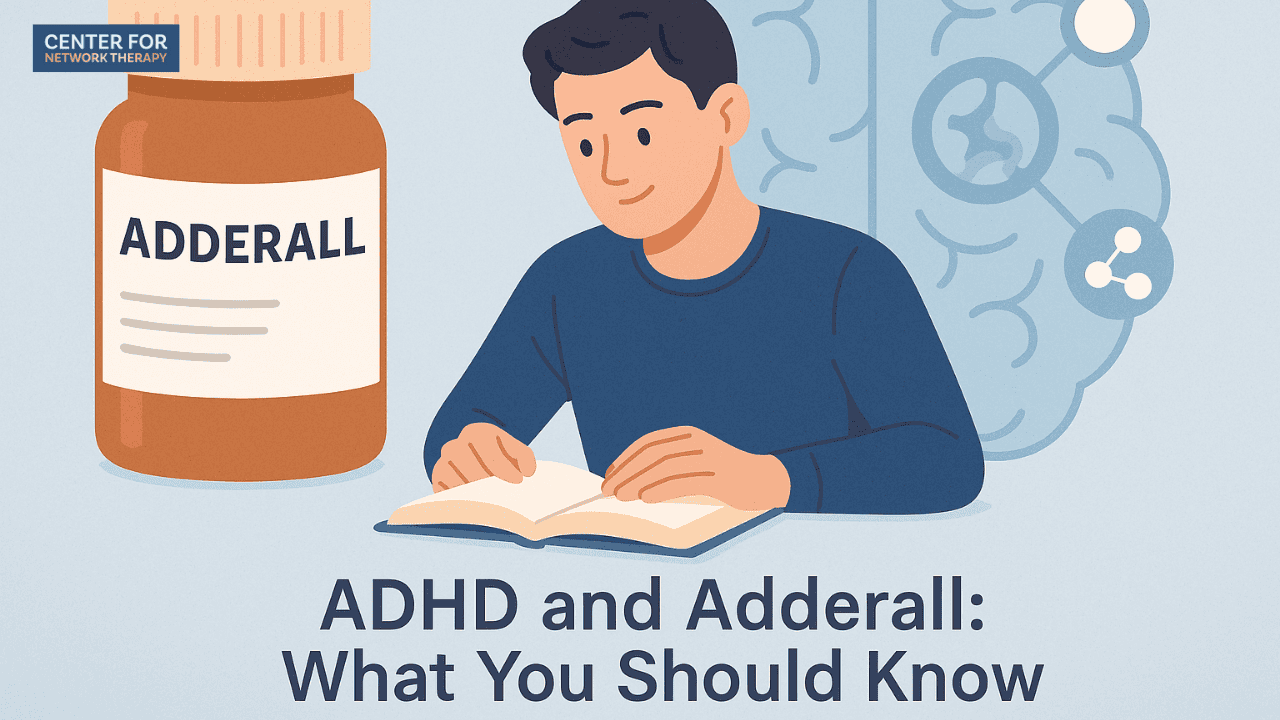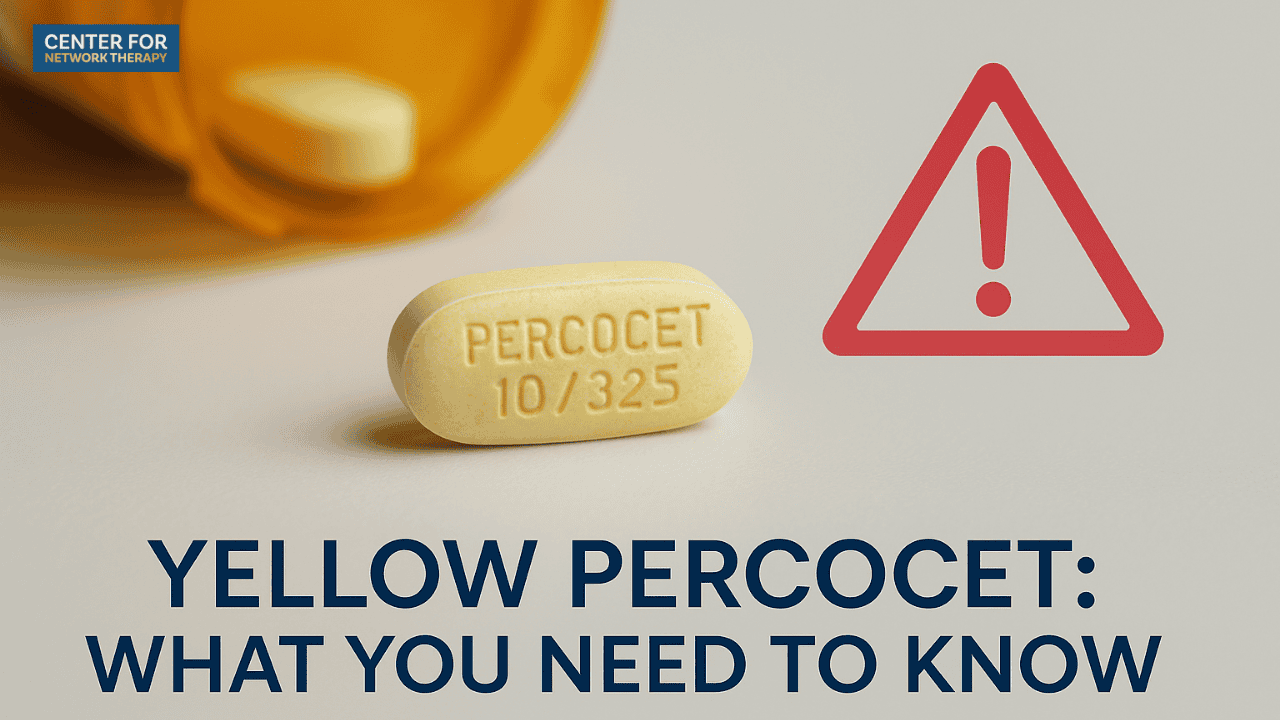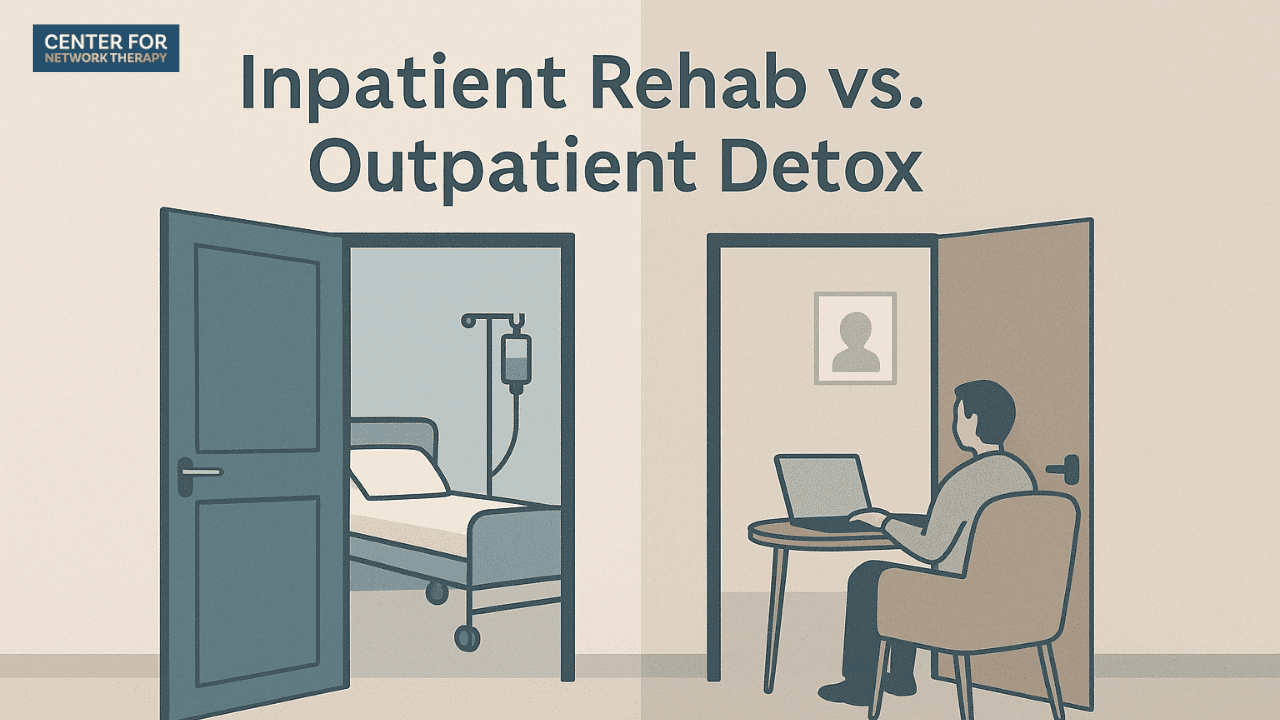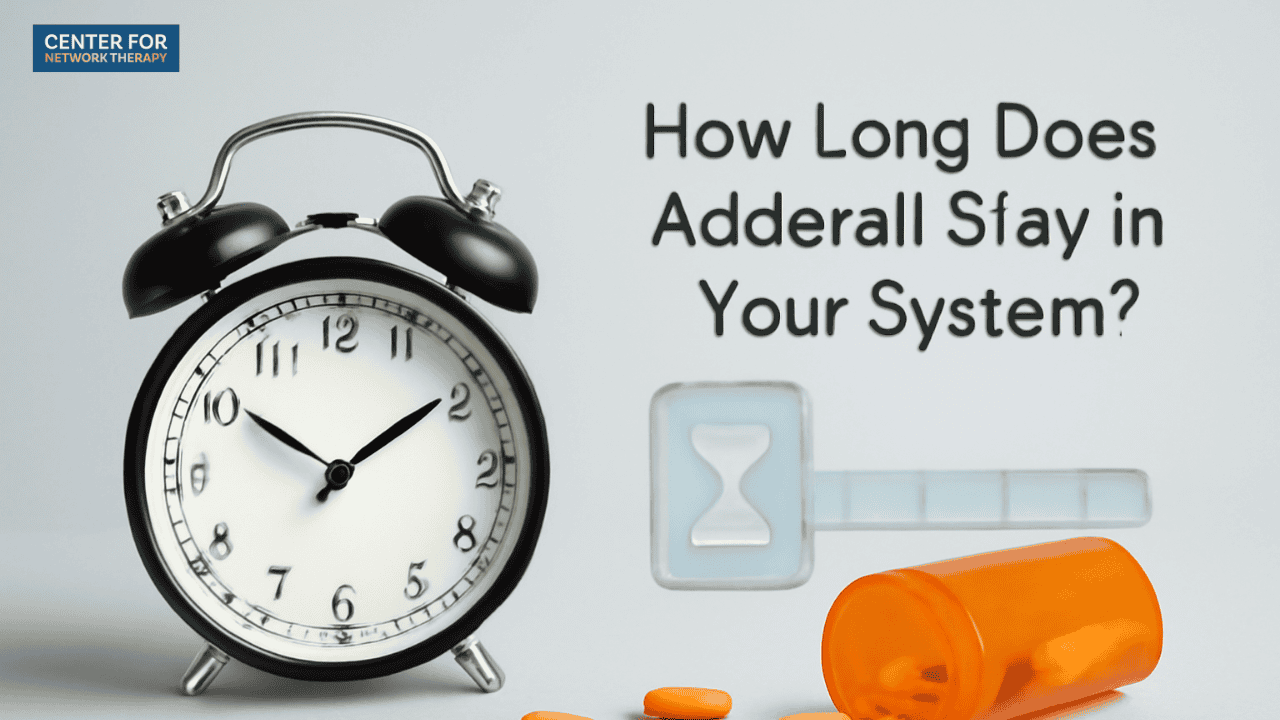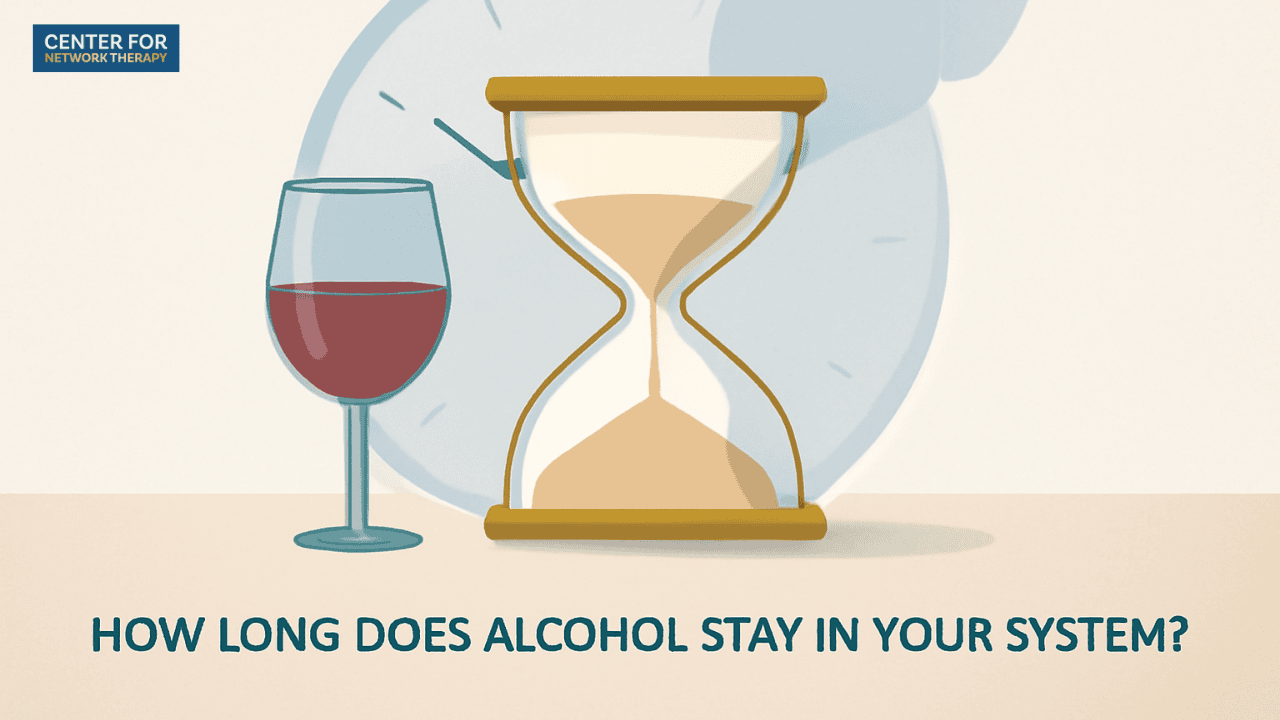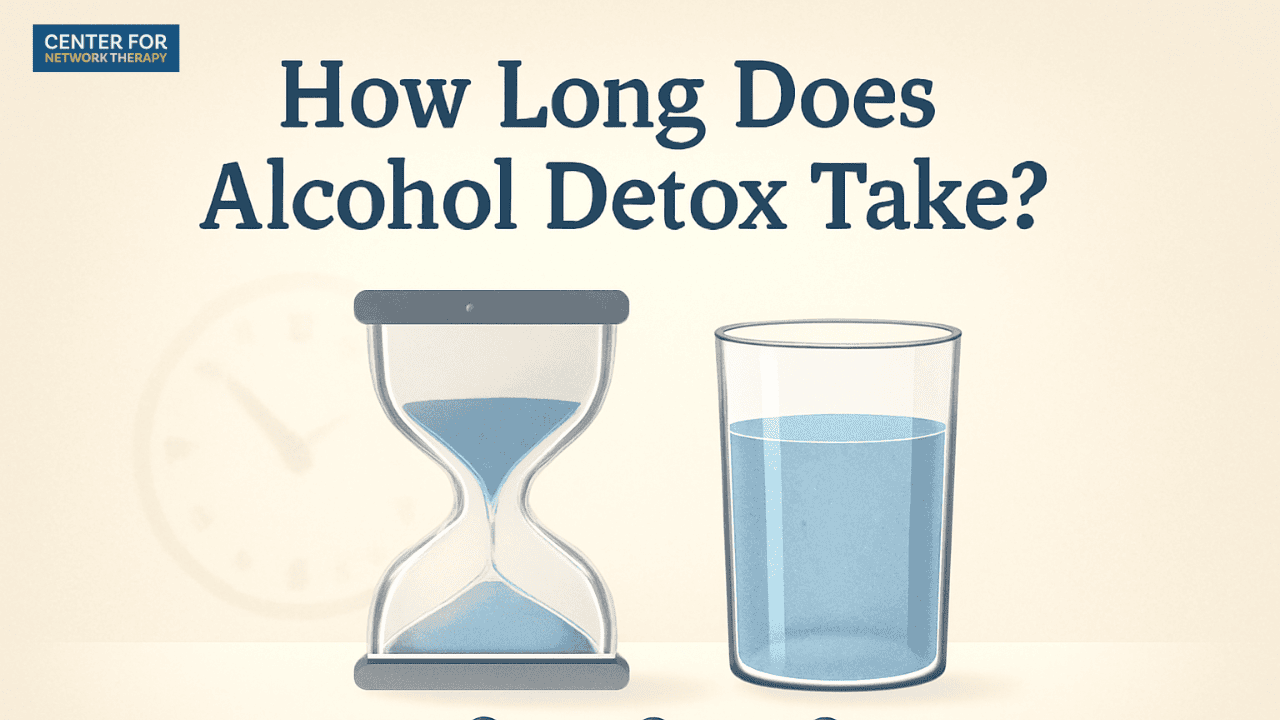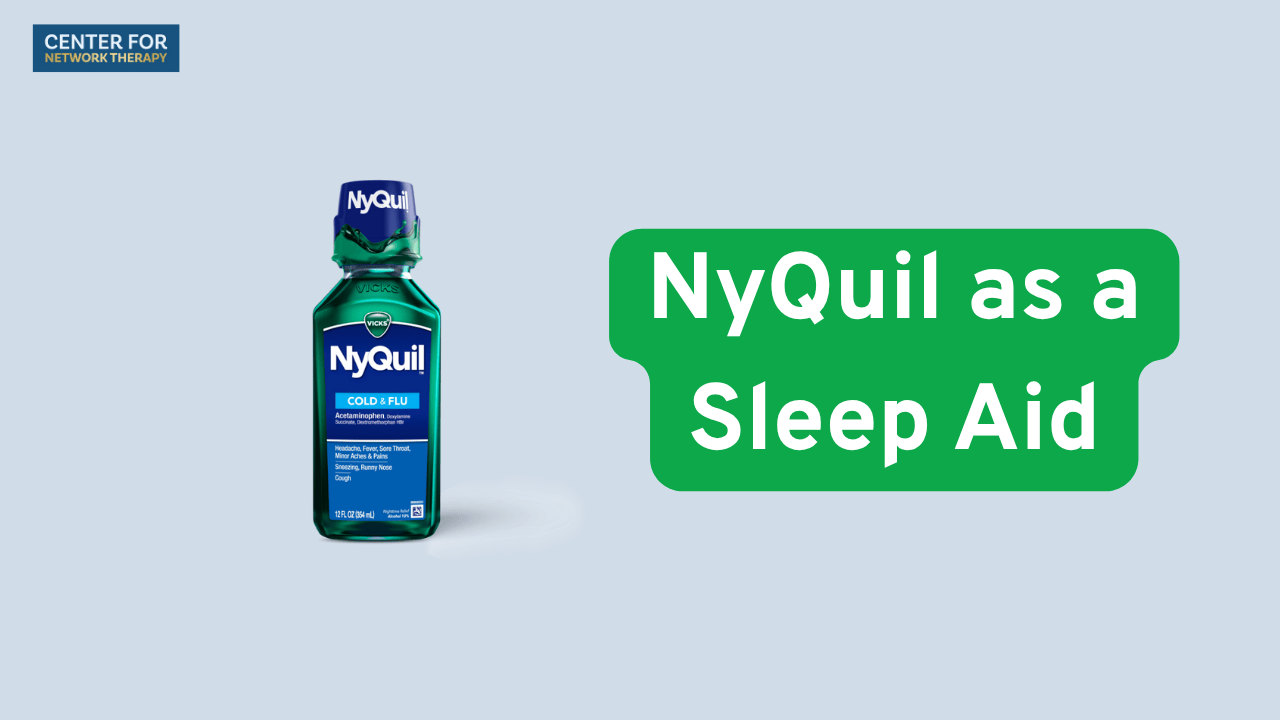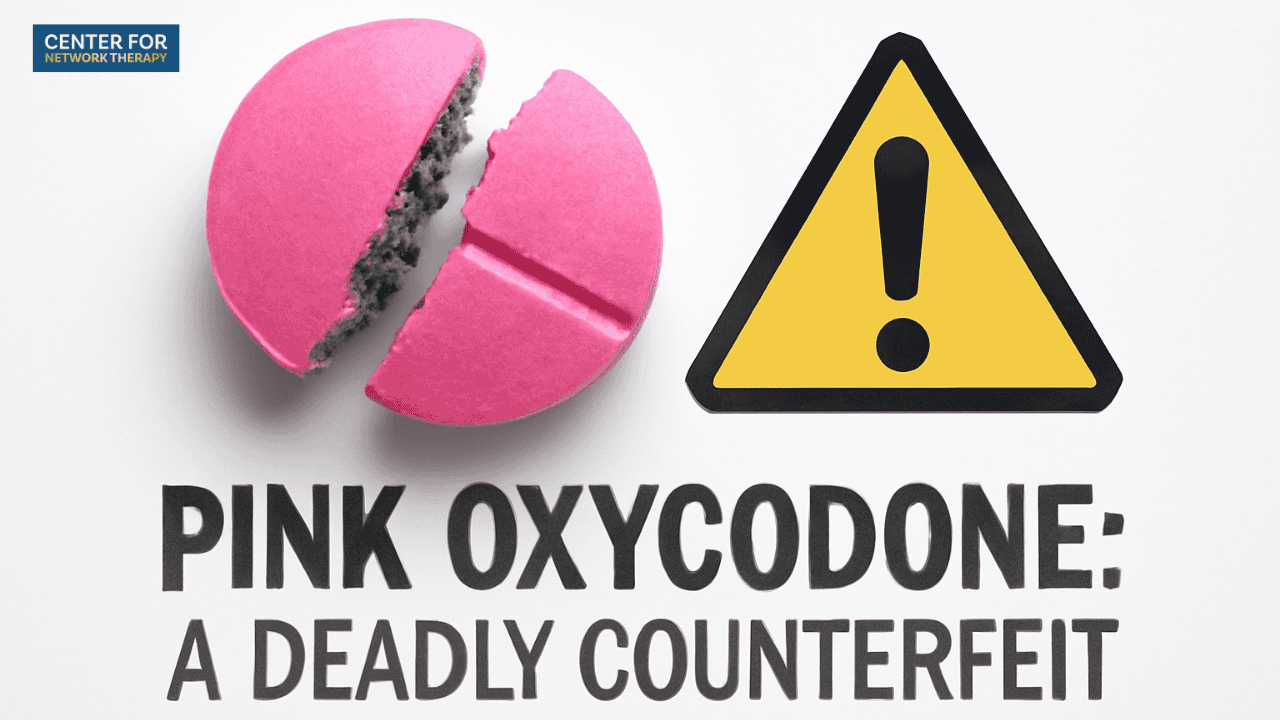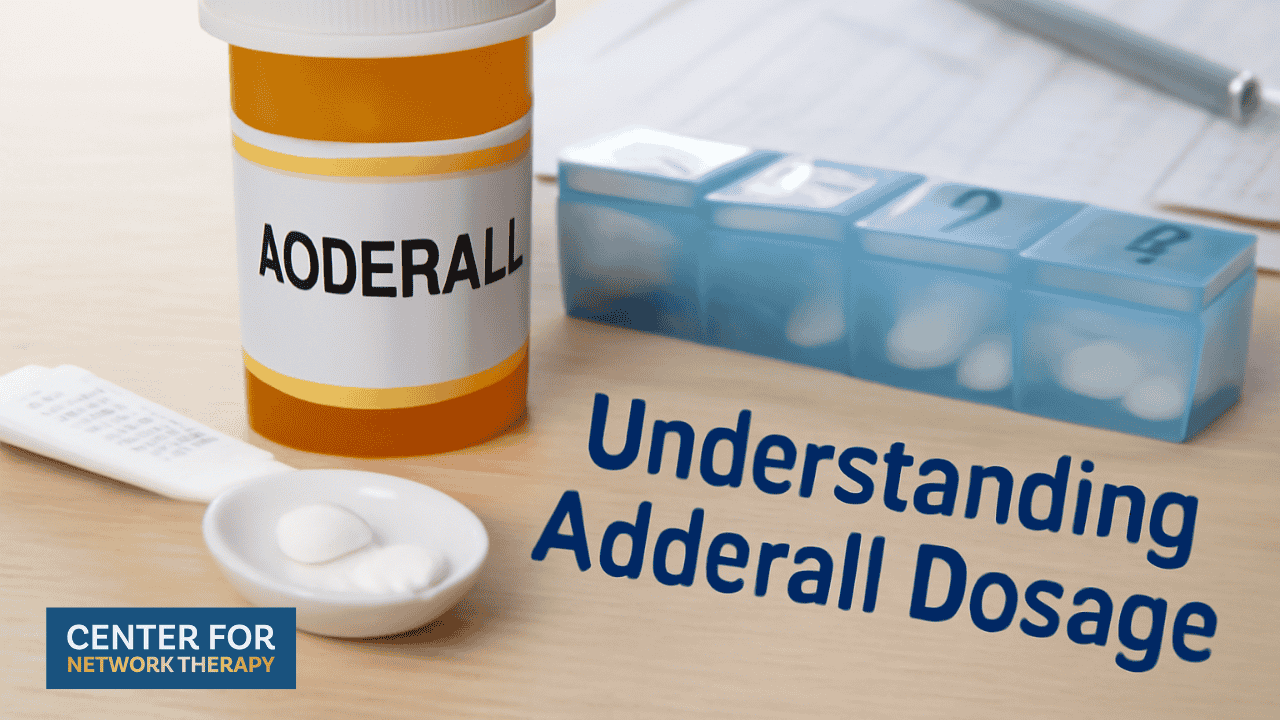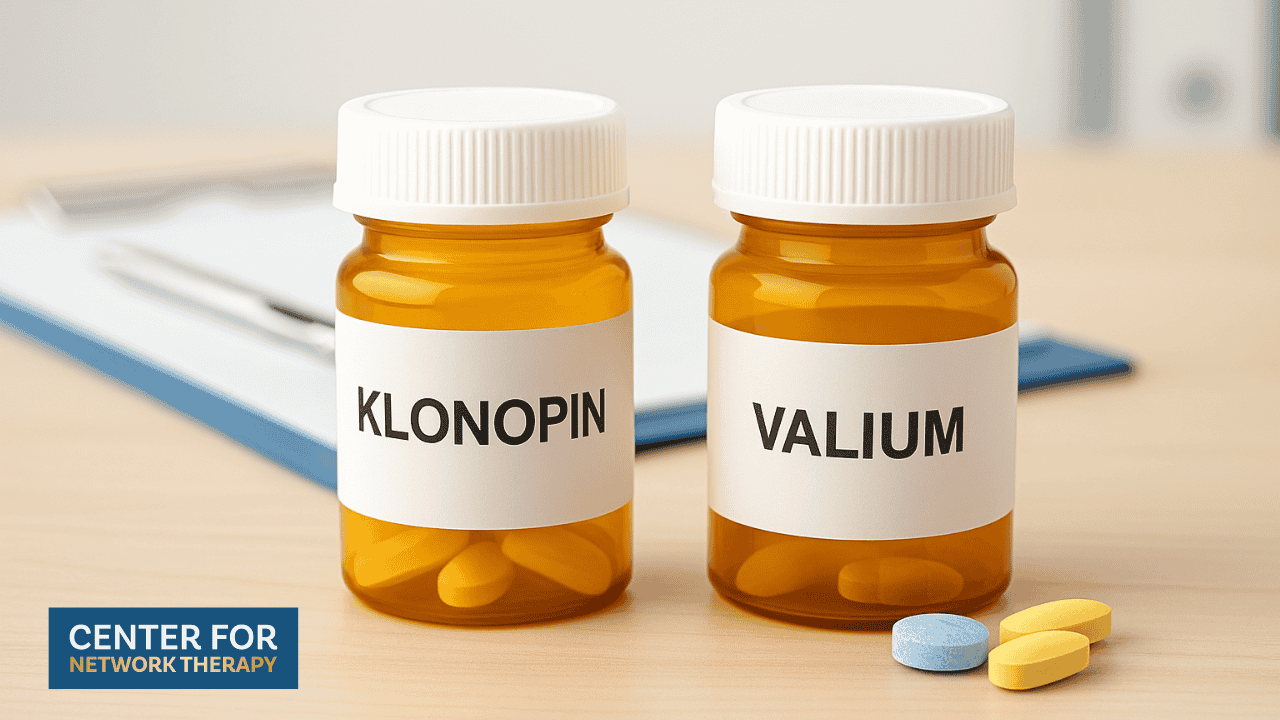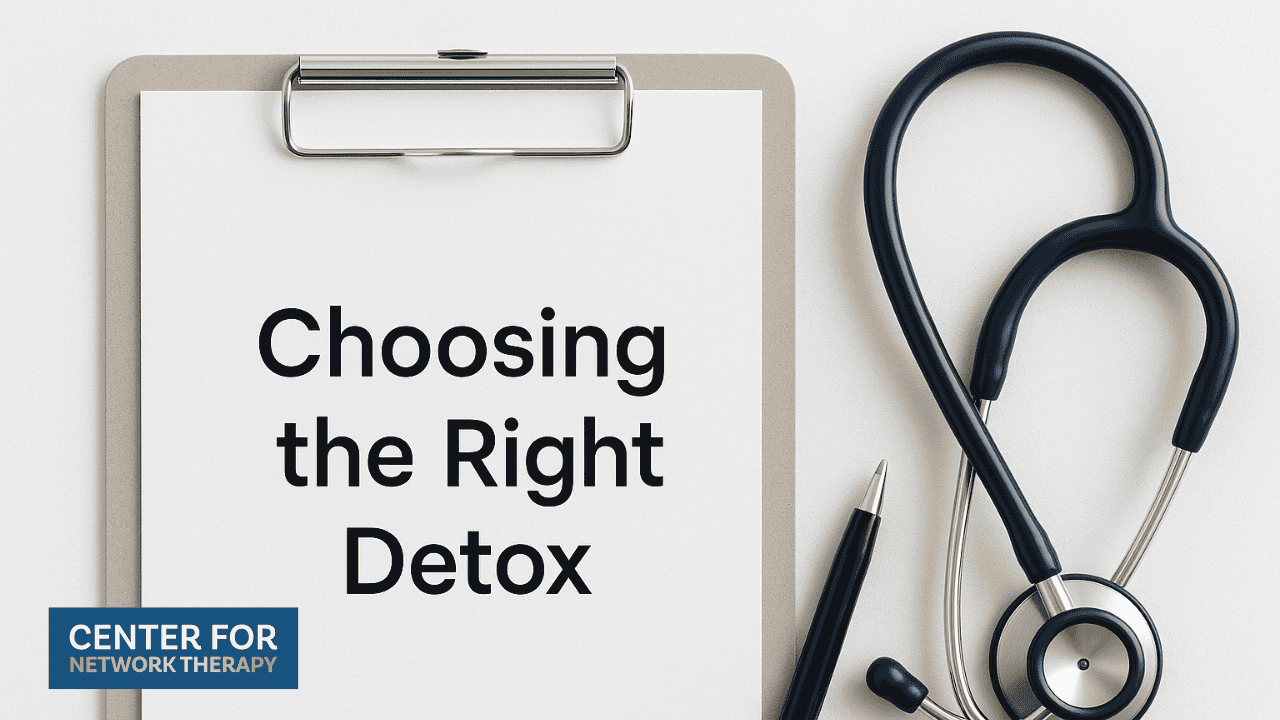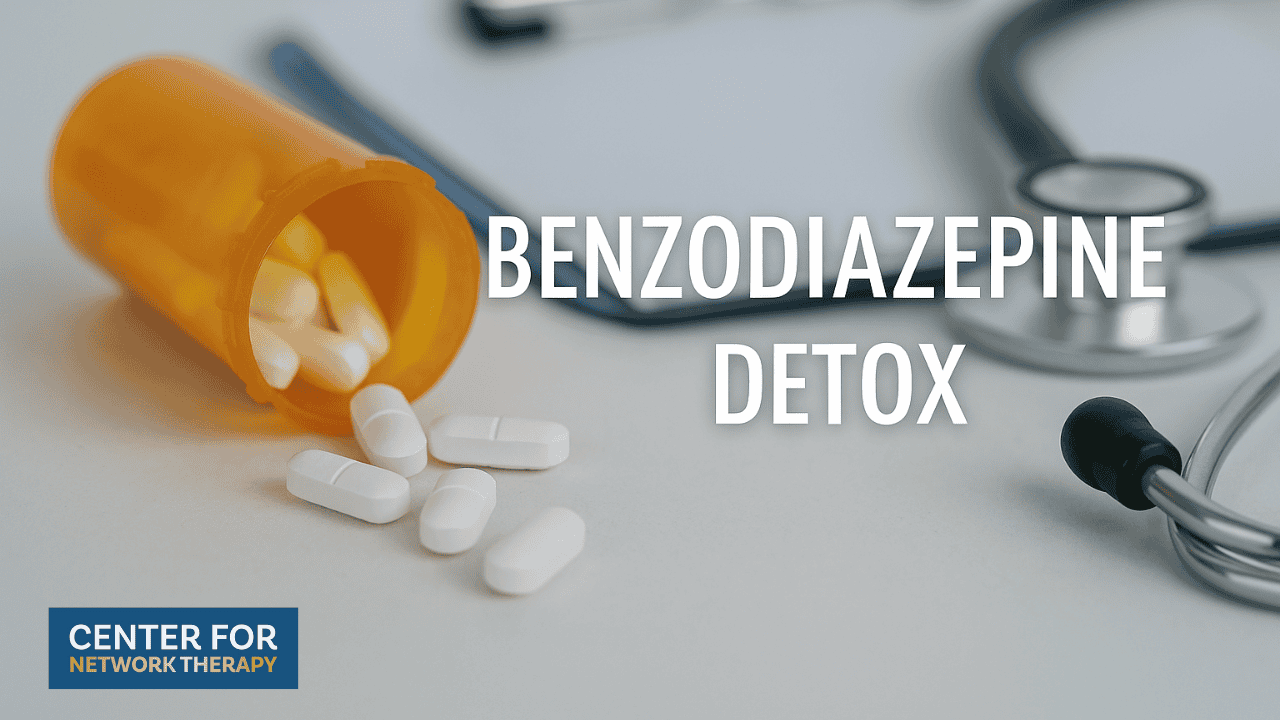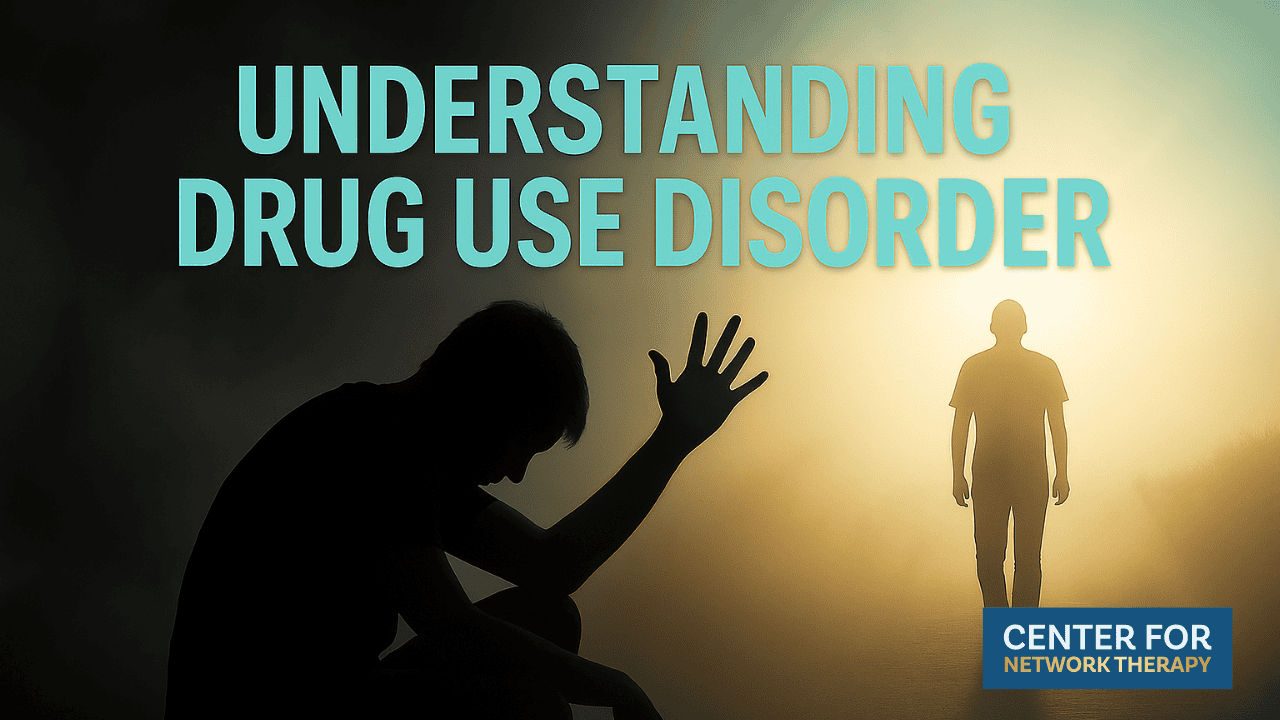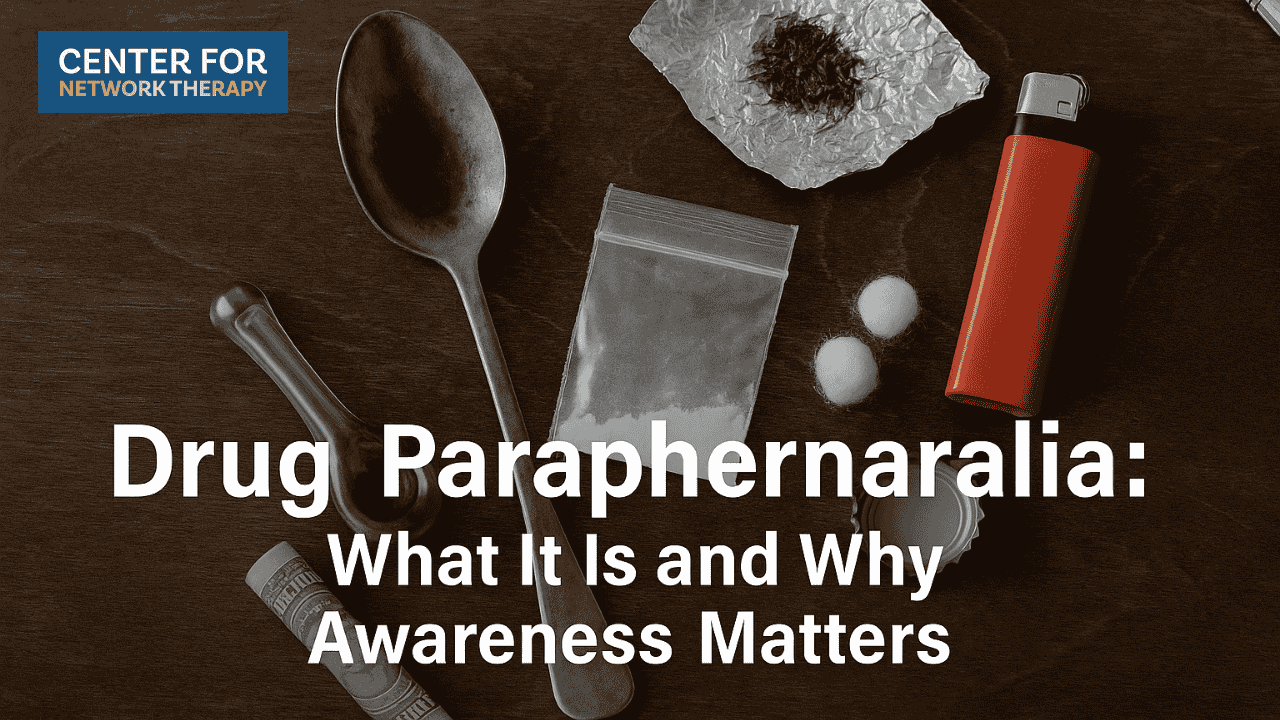Adderall is a prescription medication used to treat attention deficit hyperactivity disorder (ADHD) and, in some cases, narcolepsy. It contains amphetamine salts that stimulate the central nervous system, helping to improve focus, attention, and impulse control.
When used under medical supervision, Adderall can be effective. However, understanding dosage is essential to prevent overuse, side effects, and potential dependency. Whether you or someone close to you is taking Adderall, this guide explains how dosing works, what’s considered safe, and when to ask for support.
Table of Contents
ToggleHow Adderall Dosage Is Determined?
Doctors typically start with the lowest possible dose and adjust slowly based on a patient’s response. Factors that affect dosage include:
- Age and weight
- Diagnosis (ADHD vs narcolepsy)
- How long the person has been taking the medication
- Whether immediate-release (IR) or extended-release (XR) is prescribed
Typical starting doses for adults with ADHD:
- Adderall IR: 5 mg once or twice daily
- Adderall XR: 10 mg once daily in the morning
Adjustments are made in small increments, usually 5 to 10 mg at a time, and should only be done by a healthcare provider.
Maximum Recommended Dosages
The maximum dose for most adults with ADHD is:
- Adderall IR: Up to 40 mg per day, divided into two or three doses
- Adderall XR: Up to 30 mg per day, taken once in the morning
Taking more than the prescribed amount does not always lead to better results. In fact, it increases the risk of side effects and can interfere with sleep, appetite, and emotional regulation.
Signs You May Be Taking Too Much
If you’re noticing the following, it’s important to talk to your provider:
- Anxiety, irritability, or mood swings
- Difficulty sleeping or staying asleep
- Rapid heartbeat or chest discomfort
- Loss of appetite or noticeable weight loss
- Feeling jittery, restless, or overly focused
It can be helpful to track how you feel daily and share this with your prescriber during follow-ups.
Adderall Misuse and Dependency
Misusing Adderall often starts with taking more than prescribed or using someone else’s medication to stay awake, study, or enhance performance. Over time, the body builds tolerance, leading to increased use and risk of dependency.
If Adderall use has become difficult to manage or is causing problems in daily life, it may be time to talk to a professional. Our blog on drug use disorder explains how dependency can develop, even with prescribed medications.
What About Withdrawal or Stopping Adderall?
Stopping Adderall suddenly can cause fatigue, low mood, sleep problems, and trouble concentrating. This is more likely if the medication has been used long term or in high doses.
Tapering slowly under medical supervision is the safest approach. CNT offers outpatient detox services designed to support individuals through medication withdrawal while staying connected to daily responsibilities. Read more about how our outpatient detox programs work.
When to Seek Support?
You don’t need to wait for things to spiral. If you’re feeling unsure about your Adderall use, or if it no longer feels helpful, a conversation with your provider can make a big difference.
And if you’re exploring alternatives or recovery options, know that you are not alone. Compassionate, nonjudgmental support is available.
Visit our Contact Page or explore our full Blog Center for more resources.
Sources:
- FDA: Adderall Drug Label Information
- NIDA: Prescription Stimulants DrugFacts
- Mayo Clinic: Adderall (Oral Route)
Disclaimer: This blog is meant to offer guidance and education, not medical advice. If you’re feeling uncertain about your relationship with substances, you don’t have to figure it out alone. A healthcare provider can help; or if you’re not ready to talk, our anonymous self-check quiz is a gentle place to begin




